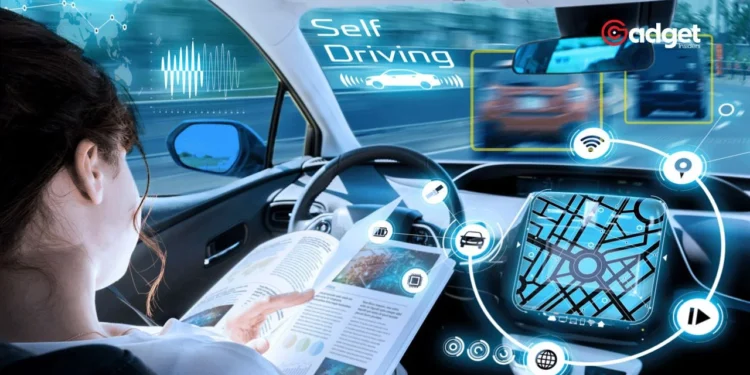In a bold pivot amid turbulent times, Tesla has emerged not just resilient but ambitious, announcing a significant recruitment drive for AI engineers with salaries soaring as high as $360,000. This strategic shift comes after a startling revelation by Elon Musk last month about reducing Tesla’s workforce by 10%, impacting approximately 14,000 employees, including the complete disbandment of the 500-person team behind the once-celebrated Supercharger network.
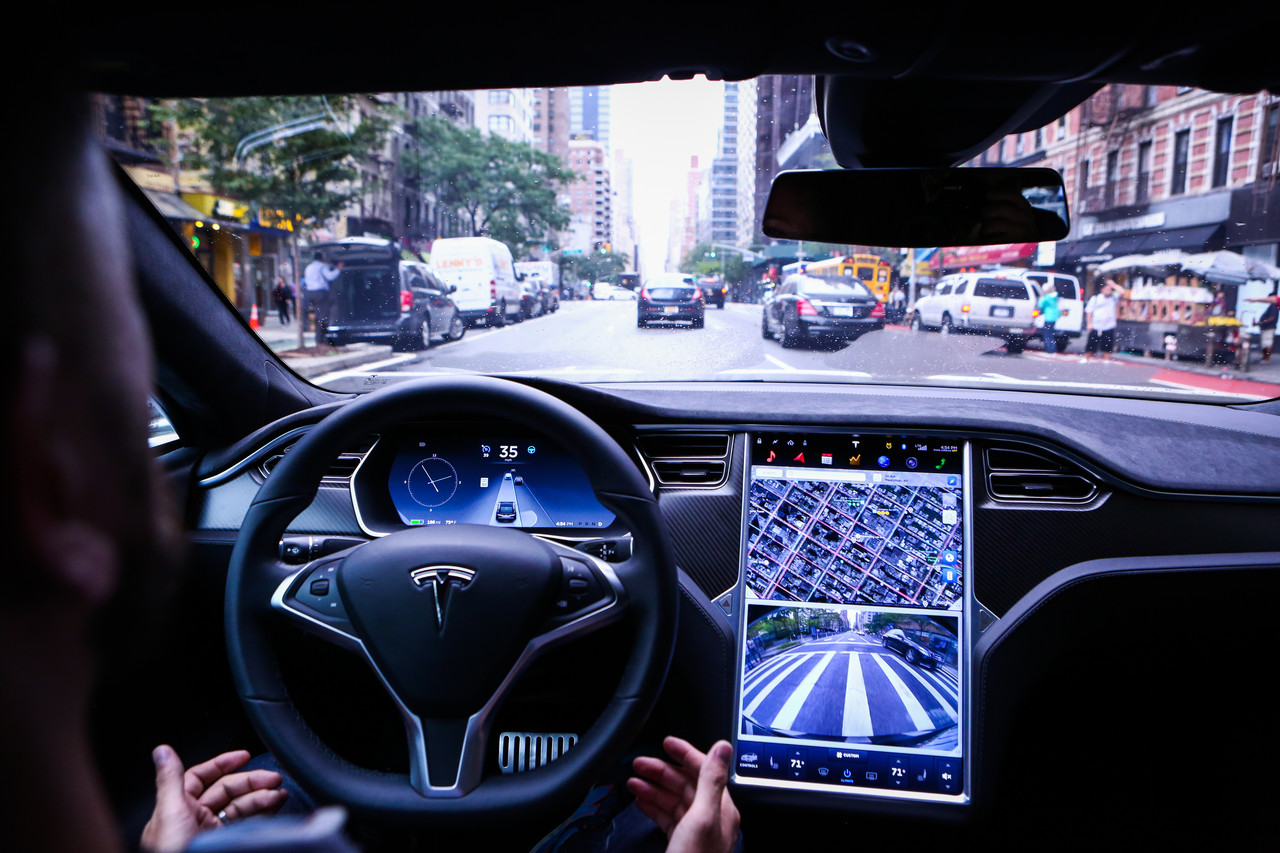
From Cutbacks to Comebacks: Tesla’s Strategic Hiring Amid Financial Flux
Despite these sweeping layoffs, company is funneling its resources toward fortifying its AI and autonomous driving divisions. The company’s career site now gleams with around 20 new engineering roles centered in Palo Alto, California. These positions encompass a diverse range of specializations, from self-driving and AI tooling to 3D computer vision and simulations, signaling a clear strategic redirection towards AI-driven technologies.
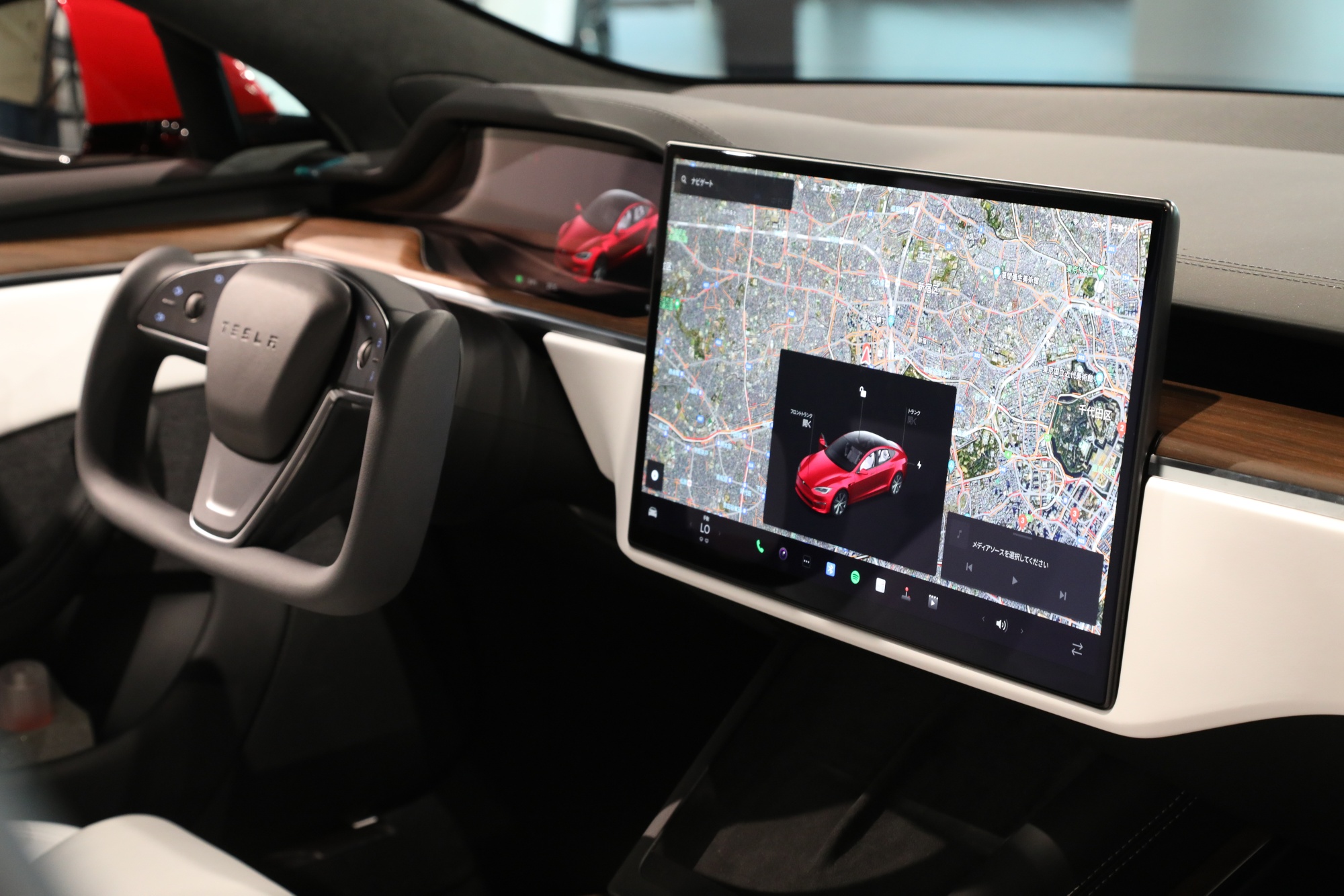
“Build robust AI infrastructure to train and fine-tune networks for Autopilot and Optimus on large GPU clusters,” one of the job descriptions reads, underscoring company’s commitment to enhancing its Autopilot technology. This shift is not just about recovering from financial doldrums but also about its positioning itself at the forefront of automotive innovation.
The Economics of Innovation: Price Cuts and Public Trials
Interestingly, company’s aggressive hiring comes on the heels of significant price reductions for its Autopilot subscriptions, a move likely designed to boost uptake among its owners. The company has introduced a 30-day free trial for eligible vehicles, paired with mandatory demos for new owners, ensuring that more customers are exposed to its advanced driver-assist features before purchase.
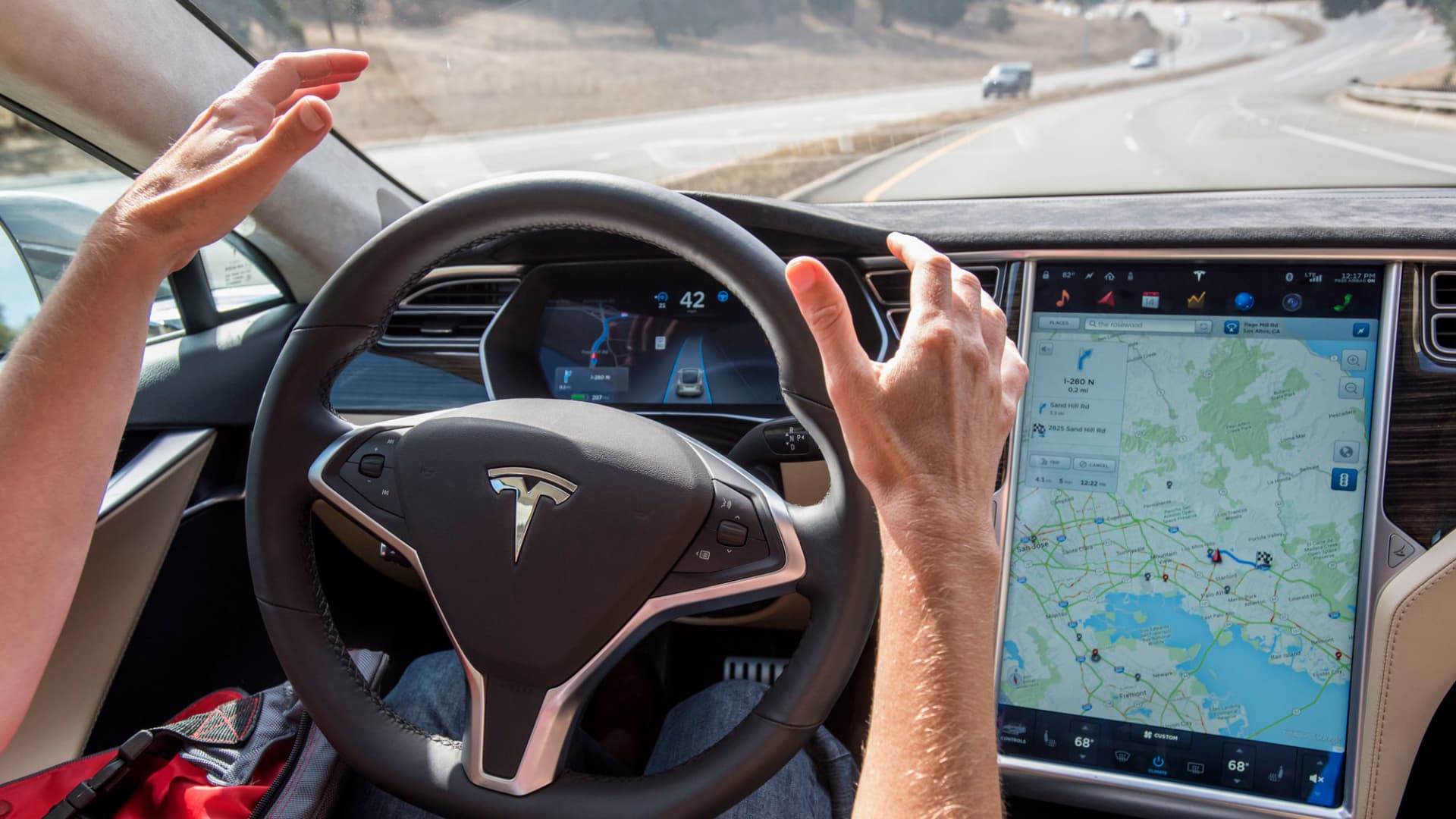
Regulatory Hurdles and Global Aspirations
However, company’s ambitious drive towards autonomy is not without its challenges. The U.S. regulators have intensified scrutiny following several fatal crashes involving Tesla’s Autopilot. In response to these regulatory pressures, and perhaps as a strategic pivot, company is collaborating with Baidu in China to adapt and potentially launch a localized version of its Full Self-Driving (FSD) system.
Elon Musk’s vision extends beyond local adaptations. Reports from Reuters suggest that Musk is eyeing the potential to harvest significant amounts of self-driving data from Chinese roads, a move that could pave the way for setting up a dedicated data center in China to bolster Tesla’s computational capabilities in AI.
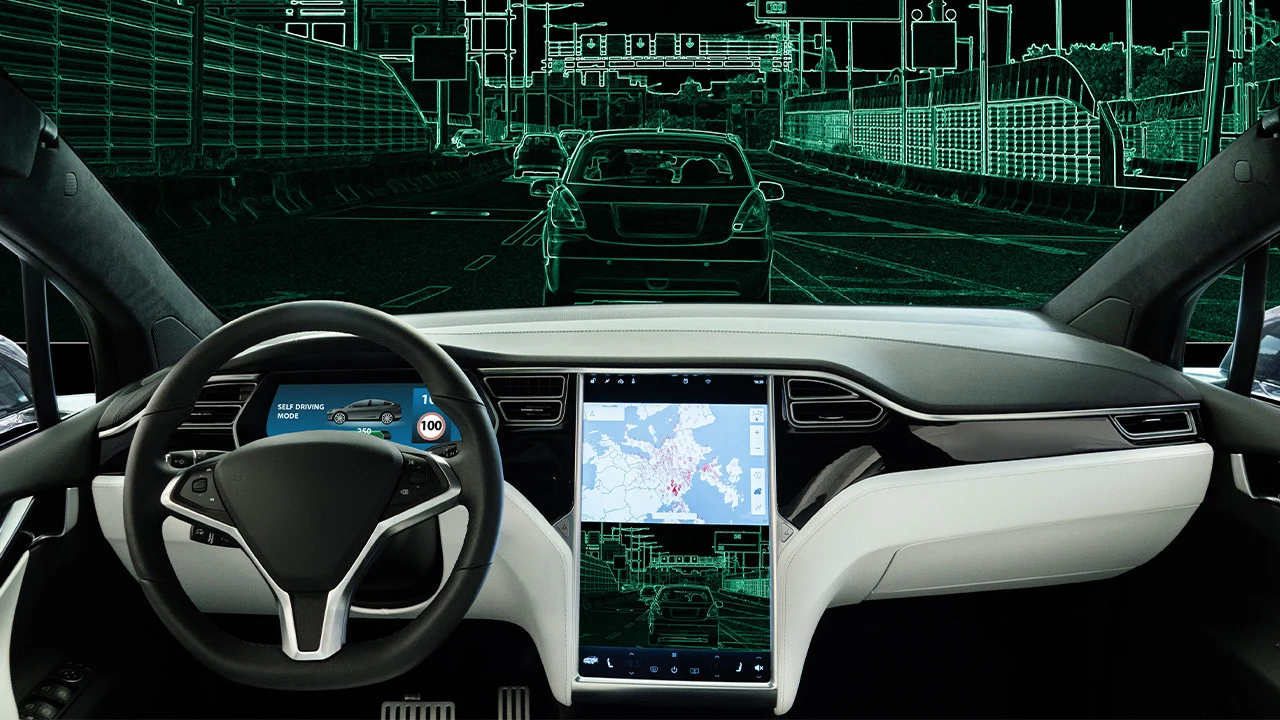
Looking Ahead: The Road to August 8 and Beyond
As Tesla gears up to unveil its Cybercab robotaxi on August 8, the automotive world watches with bated breath. The introduction of self-driving taxis could revolutionize urban mobility, but the timeline for their deployment remains uncertain amid regulatory and technical challenges.
In a landscape marked by layoffs and cutbacks, Tesla’s strategic pivot to AI and autonomous technologies is not just about survival but about leading a technological revolution in the automotive industry. With high salaries and high stakes, Tesla is steering towards a future where smart vehicles are not mere novelties but integral to the fabric of everyday life. Will this bold gamble pay off? Only time will tell, but for now, Tesla is placing its bets on AI as the driver of its next big growth wave.

